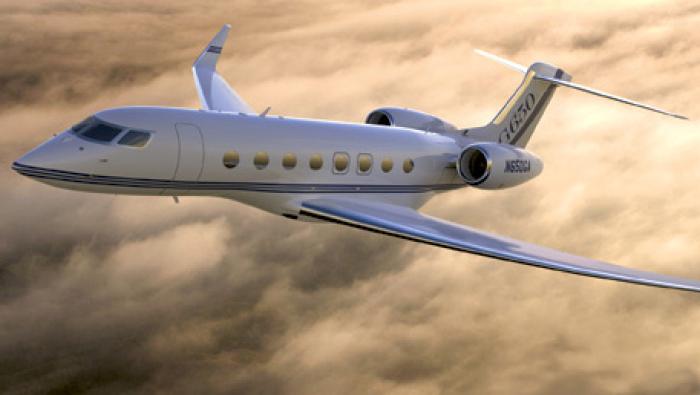Russia in the last several years has “closed the gap” with the U.S. and NATO in the capability of its air force in Europe and elsewhere, said the commander of U.S. Air Forces in Europe and Africa. The U.S. has completed a deployment of F-22 Raptors to Europe designed to reassure allies and is also winding down a brief deployment of MQ-1 Predator remotely piloted aircraft to Latvia, said Gen. Frank Gorenc.
Following the Russo-Georgian war of 2008 over the disputed territories of Abkhazia and South Ossetia, Russia embarked on a “modernization and capacity” effort that has brought its air and ground forces into parity with U.S. and allied forces, said Gorenc, who spoke to reporters on September 14 at the Air Force Association Air & Space conference in National Harbor, Md. In particular, Russia has improved its missile defenses to deter American air power, he said, mentioning Kaliningrad and Crimea specifically. According to media reports, Russia has deployed advanced S-400 Triumf long-range and Pantsir-S1 medium-range anti-aircraft missile systems in Kaliningrad, a Russian enclave between Poland and Lithuania on the Baltic Sea. It has also moved anti-air and anti-surface missile systems to the Ukranian territory of Crimea, which it annexed in March 2014.
“The advantage that we had from the air I can honestly say is shrinking, not only with respect to the aircraft that they’re producing, but [in] their ability to create anti-access, area denied [A2/AD] areas,” Gorenc said. “We’re going to have to extend the training that we do to allow for access into areas that are very well defended.”
Pressed for specifics, Gorenc added: “The quality of their equipment is better, the quantity is better…and their proliferation of the A2/AD environment in Europe is as heavy as anywhere in the world. They learned a lot along the way and they’ve made moves to close the asymmetric advantage and the quality of our air force…I don’t think it’s controversial to say they’ve closed the gap in capability, not just in Europe—everywhere. We just need to be cognizant of it.”
In late August, the Air Force said it planned to send fifth-generation F-22 Raptor air superiority fighters to Europe as part of the European Reassurance Initiative to deter Russian aggression. The inaugural deployment, described as a training exercise with allied air forces, has been completed, Gorenc said. “I was eager to get F-22 in theater to show and assure our allies that we’re serious about our contribution to NATO,” he said. The deployment “was really designed just to make sure that our infrastructure could support the system and we did some training together. It was not designed to fit into any kind of air policing” strategy.
The Air National Guard this week will complete what Gorenc described as a short deployment of unmanned MQ-1 Predators at Latvia’s Lielvārde Air Base, southeast of Riga. The deployment “was a good segue into expansion of the remotely piloted aircraft mission,” he said. “Clearly we respect the sovereignty of every nation to work its airspace as required, but in the end that was a successful endeavor…I think the urgency of the response in the Ukraine is helping out in that particular area because persistent ISR [intelligence, surveillance and reconnaissance] is a requirement.”







